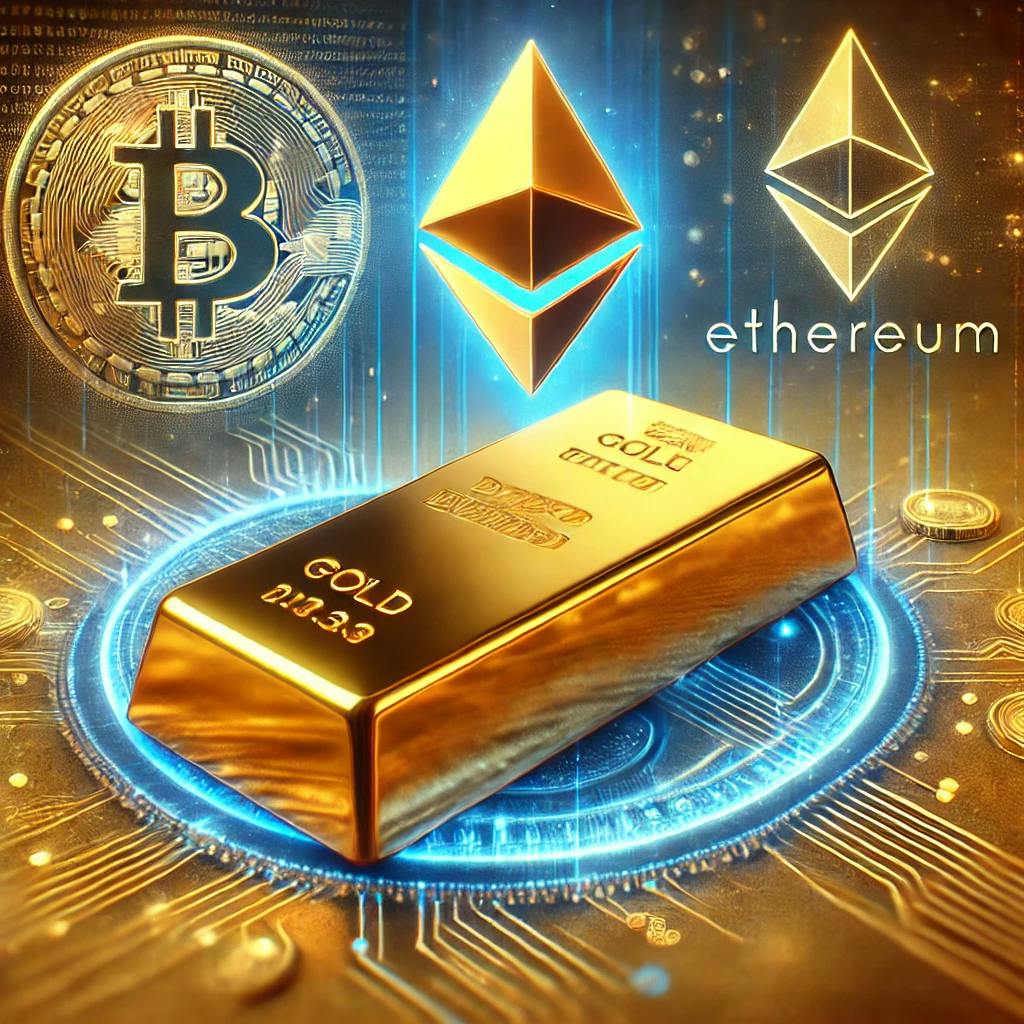388 reads
The Tokenization of Gold on #Ethereum: A Comparative Analysis
by
August 8th, 2024
Audio Presented by
Innovative software engineer with a passion for yachting and exploring cutting-edge technologies.
Story's Credibility

About Author
Innovative software engineer with a passion for yachting and exploring cutting-edge technologies.
